Blown Head Gasket

5. Loss of Coolant. The loss of coolant without much usage is also another way to find out the head gasket failure. These coolants usually last long, depending on the usage and the mileage the vehicle provides. But if you find these coolants vanishing before the end of time means that there is some problem internally.
Blown head gasket, or....?

Blown head gasket causes. Your car's engine operates in extreme conditions with intense heat. If this heat becomes more than normal, your engine can overheat causing a blown head gasket. The extra heat results in the cylinder head and engine block expanding too much which results in a failure in the head gasket.
Symptoms Of A Blown Head Gasket
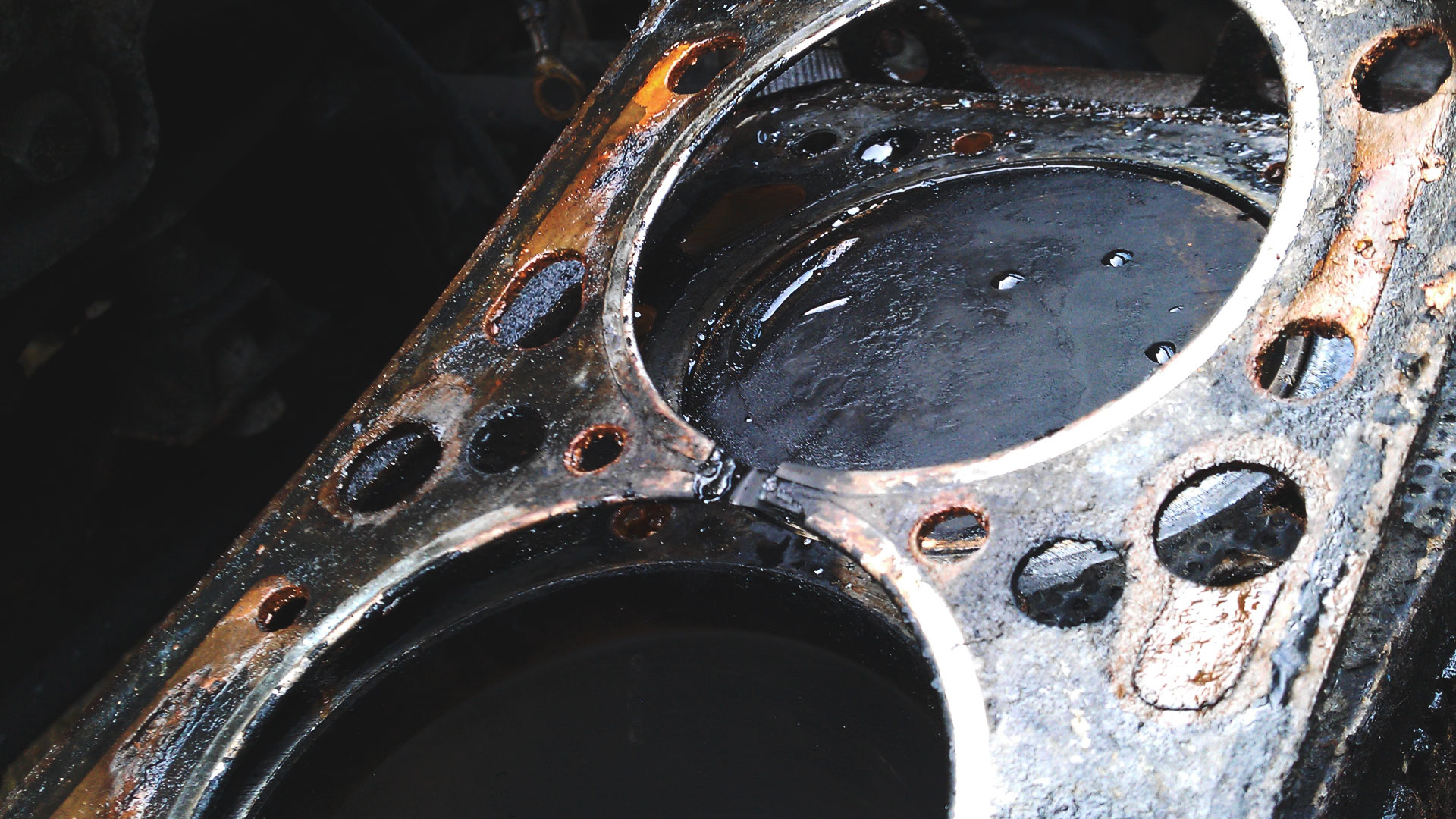
A blown head gasket causes all sorts of issues downstream of the original issue and essentially means you need a new engine. You can try to prolong the car's death, but it won't change the.
Head Gasket Blown Symptoms You Need To Watch

An external oil or coolant leak at the seam between the engine block and cylinder head is a sign that you have a head gasket failure or a cracked block. On disassembly, check for cracks and cylinder head warping. Cylinder misfire is another sign of head gasket failure, especially if the breach is between two cylinders on the same head.
7 Signs Your Car Has a Blown Head Gasket Build, Price, Option

It is simple to determine whether the head gasket on your engine has blown. Just look underneath the oil-filling cap. The inside of the oil cap will be mostly dry if the gasket is undamaged. You most likely have a gasket leak if you find a milky, brownish-yellow material that has about the thickness of a milkshake.
Signs of a Blown Head Gasket BlueDevil Products
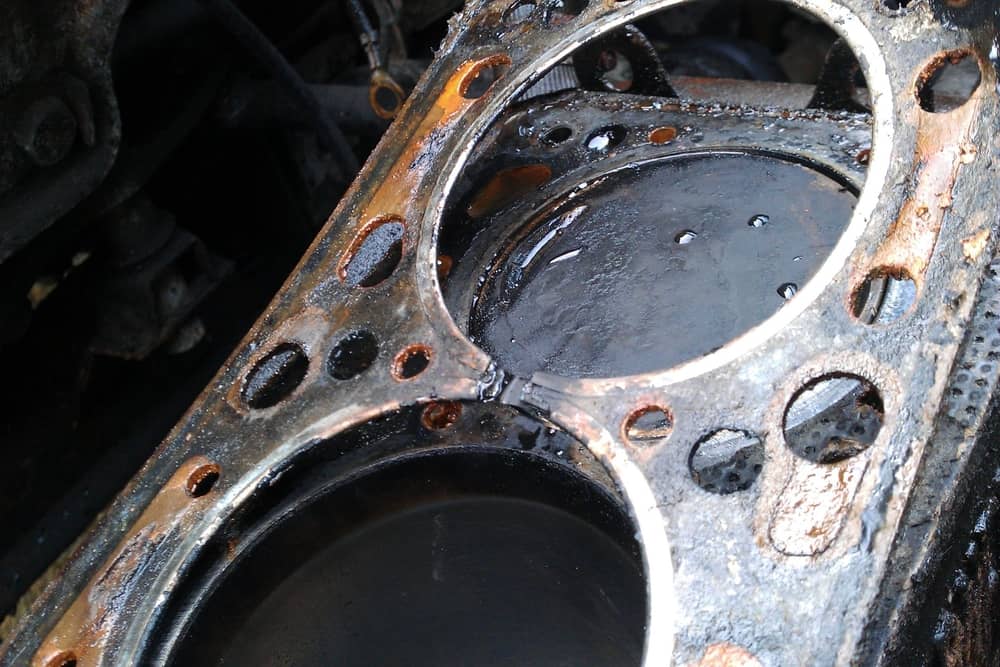
Bad or Blown Head Gasket Symptoms. The main symptoms of a bad or blown head gasket include: Overheating cooling system. Oil contamination. Bad Engine Performance. External leaks. White smoke from exhaust. Here is a more detailed list of the signs of a bad or blown head gasket to look for: 1.
Blog Becker Service Center

1) Overheating An engine overheating one too many times (as a result of a clogged radiator, coolant leak, faulty fan, etc.) can cause head gasket failure but, conversely, a blown head gasket can also cause the engine to overheat.
Blown Head Gasket? ClubLexus Lexus Forum Discussion

- In The Garage with CarParts.com A blown head gasket is a serious issue that must be addressed immediately. Here are the most common signs of a blown head gasket. Read on.
Understanding What a Head Gasket Does and the Symptoms of a Blown One
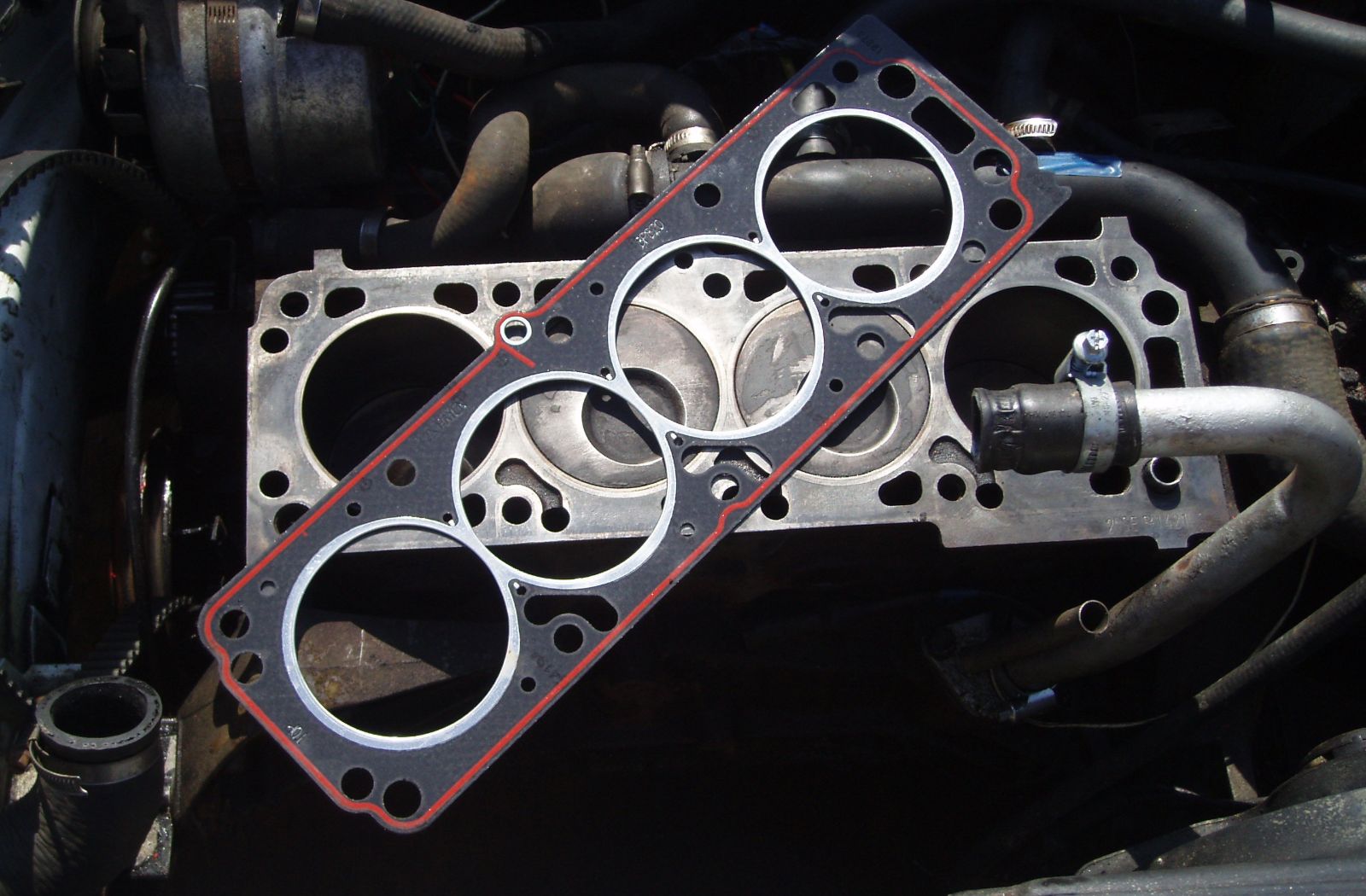
This can occur when the gasket failed between the combustion chamber and a water passage. Air can get forced into the cooling system, causing bubbles. This is more serious than it sounds, as the bubbles can build into an air pocket and not allow coolant to pass. White, milky oil. This is a head gasket leak between the oil passage and the water.
Why Do I have a Blown Head Gasket? BlueDevil Products

A blown head gasket left alone can cause additional engine damage that will only add to your repair costs. Coolant mixing with oil will destroy bearings and any other parts that rely on engine oil for protection. Exhaust gases entering the cooling passages can over-pressurize the cooling system leading to coolant loss and accelerated overheating.
How to Choose the Right Gaskets
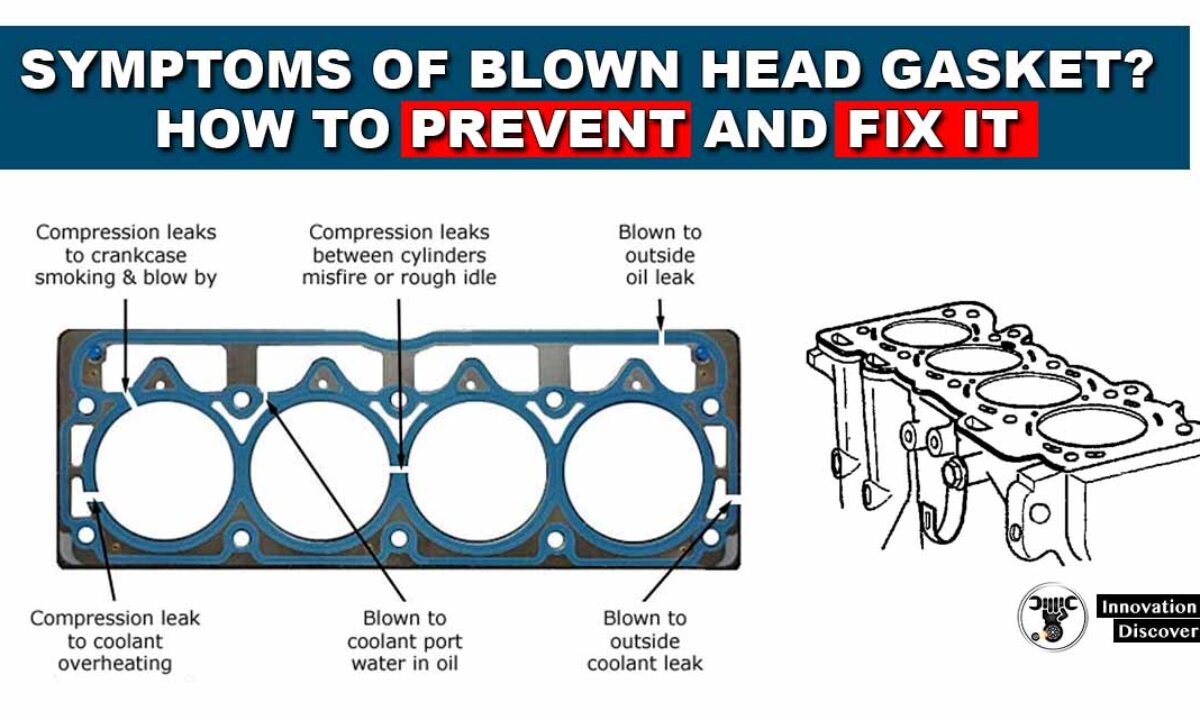
The head gasket is a thick gasket installed between the engine block and the cylinder head, and is designed to prevent coolant or oil leaks and cross-contamination of engine fluids. It also seals the combustion chamber to prevent air or exhaust leaks from the cylinder.
How Much Does A Head Gasket Repair Cost Last Chance
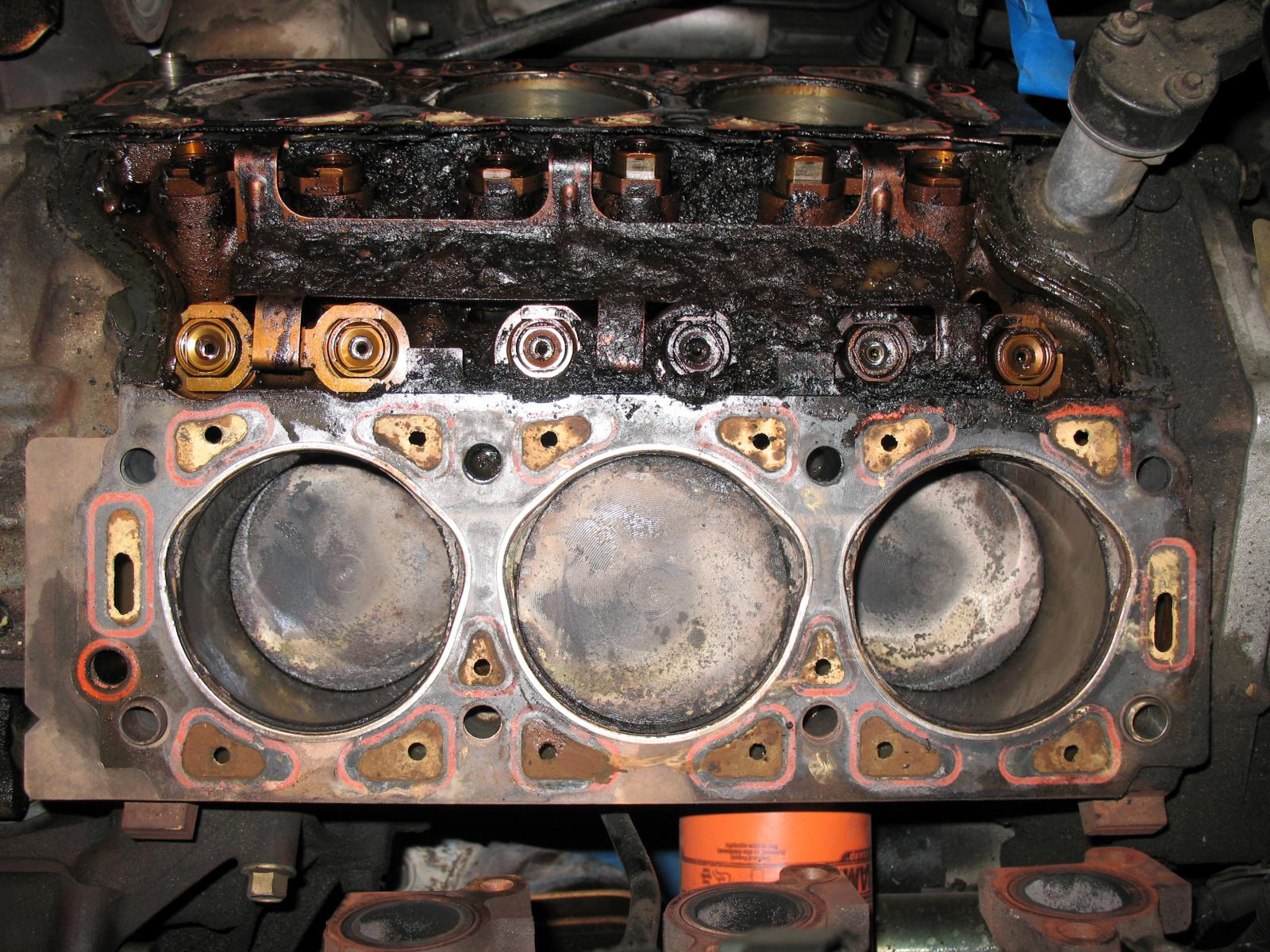
This is a quick video tutorial on how 6 easy tests to detect a blown head gasket in an engine. Click here to read the full article: https://www.2carpros.com/.
How to Fix a Blown Head Gasket for Under 60 Dollars BlueDevil Products

Coolant clearly leaking onto the ground beneath the head gasket. Bubbles forming in the radiator and reservoir overflow. Oil has a milky discoloration (here on an oil filler cap). The final, most noticeable symptom is a big cloud of smoke pouring from the exhaust, and the engine gauge showing maximum temperature after a few minutes.
The Truth About Blown Head Gaskets YouTube

1. Check Your Engine Oil One of the easiest and most effective ways to test if you have a blown head gasket is to take a look at your engine oil. You can check it by pulling the dipstick, but if you're close to needing an oil change, it's far more effective to drain it from the pan and look.
What Are The Signs Of A Blown Head Gasket
A blown head gasket happens when the seal between the cylinder head and engine block fails. The head gasket sits between these two areas of the engine, sealing the coolant passage, oil return passages, cylinders and pistons. When the head gasket fails, these channels are no longer sealed, which can result in coolant leaks, oil leaks or gases.
How Can I Check for a Blown Head Gasket? BlueDevil Products

1. The engine is overheating This indicates that the coolant has leaked to the point where it can't effectively cool the engine. If you see your temperature gauge is unusually high or notice a service light, this could be why. 2. The engine isn't performing well As previously mentioned, the head gasket makes your powerplant run more efficiently.